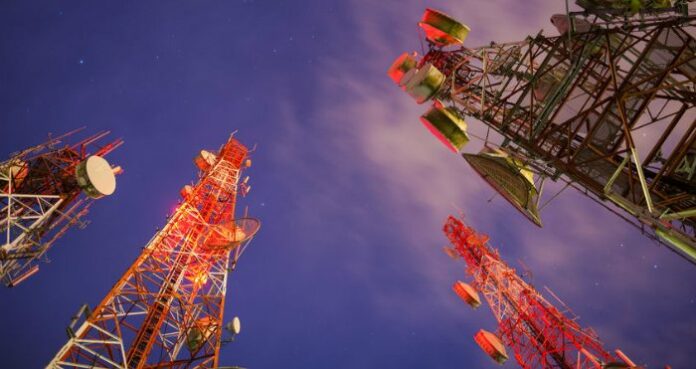Looking back, cell tower power used to be treated a lot like the electrical grid: essential, reliable, taken for granted, a tad dull. But today, cell tower power is a different story. It is an exciting source of technical and business innovation running at warp speeds. Global climate change is driving the evolution of renewable green energy, new government regulations, and more effective disaster preparedness. And let’s not forget Internet of Things (IoT). IoT can only scale up to the massive scale required if cheap, reliable power is available on demand.
In networks, much like real estate, the key is location, location, location. When planning for new network capacity, whether retrofits, acquisitions, or greenfield builds, location of cell towers is absolutely essential. For carriers, location is important for coverage. For tower owners, location is important to attract and retain tenants.
Once the tower is sited, the next essential step is electrical system design. A well-thought-out electrical system design will balance efficiency, reliability, and scalability. By understanding the basic power system components and how they play together, it is easier to see how engineering and operational tradeoffs are made, how best practices can be implemented, and how return on investment (ROI) can be calculated. Most cell tower electrical systems face similar challenges, starting with getting reliable power from the electrical grid.
Although in the continental United States, U.S. Energy Information Administration statistics show grid power reliability to be above 99.9%, outages do occur. When the grid goes down, halting the flow of electrons and bits of data, customers along the value chain roar in complaint. The engineers and technicians go into firefighting mode, battling the crisis until, eventually, the power flickers back on, lightbulbs glowing and routers routing. But, as before, bit by bit, end customers slowly forget about the downtime, leaving the lessons to fade and many ill prepared. Thus, this topic merits advance planning.
Global climate change is driving an increase in the frequency and intensity of severe weather, increasing the odds of more outages in the future. Firms that create and operate the grid are responding by investing in technologies to get the electrical system back up sooner.
The Smart Grid is changing how electrical power is managed on towers. What used to be analog, non-real-time and physical is now digital, real time, and virtual. Smart Meters are a part of the Smart Grid, and can monitor multiple data points for an electrical load over time, including Watts, Volts, Amps, Power Factor, etc. Tower owners/operators have made significant investments in Smart Grid and Smart Meters, design of new towers, and upgrades to old ones. But such outlays don’t assure that more investments won’t be needed in the future to keep up.
Bottom line: Return on Investment on power improvement projects can be significant, and increasing uptime during a loss of grid power can be affordable.
To learn more about the evolution of cell tower power, the basic power system components and how they play together, read Westell Technologies’ new “Powering Your Cell Tower – Intelligent Site Management” white paper, available for download here. Westell Technologies can help improve efficiency, reliability and scalability of power systems, ensuring a great return on investment.

